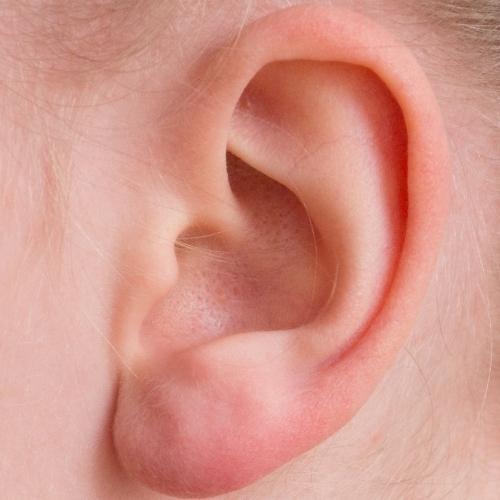Key points from article :
A team of physicians and engineers from Columbia University has developed a microneedle designed to improve treatments for hearing loss and inner ear conditions. This ultrathin, sharp device targets areas within the cochlea, the spiral-shaped structure in the inner ear responsible for hearing, to safely deliver therapies like gene therapy. The microneedle aims to avoid damaging the delicate cochlear membrane, which can lead to hearing loss and balance issues if torn during traditional procedures.
In addition to delivering treatments, the microneedle also facilitates fluid extraction from the cochlea, aiding in the diagnosis of disorders such as Meniere's disease, which causes dizziness, nausea, and hearing loss. The development of this microneedle began over a decade ago, after the engineers realized that the inner ear presented unique challenges for medical procedures due to its anatomy. The team found little existing research on how to safely access the cochlea and set out to address the gap.
The team’s design process focused on minimizing the risk of tearing the cochlear membrane. They used advanced 3D printing techniques, such as two-photon photolithography, to create a needle thinner than the critical size of the membrane. This allowed the needle to puncture the membrane without causing damage, ensuring it healed quickly after use. Testing showed that the microneedle could perform effectively without negative effects like hearing loss.
Currently, the microneedle is being refined, with the team optimistic about its potential to transform the treatment of inner ear conditions. Their work holds promise for advancing therapies in audiology and hearing restoration. The development has been published in a peer-reviewed journal, contributing to the field of precision medicine for the inner ear.






